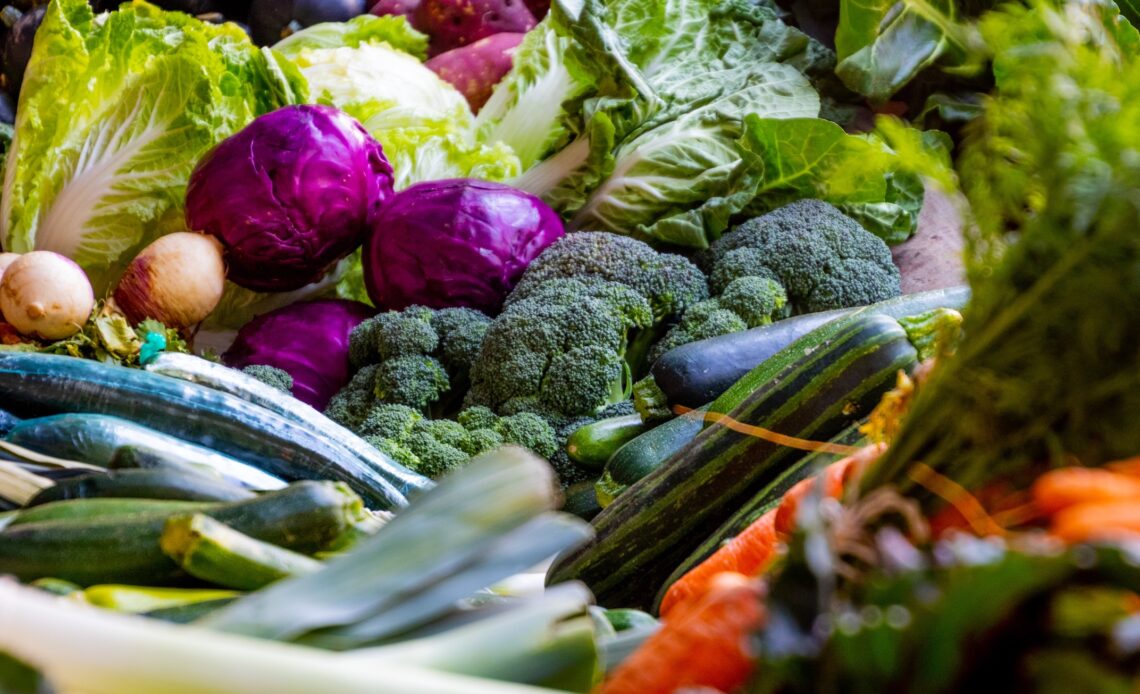
Unlike most children, I loved eating vegetables. Doesn’t explain why I was a chubby kid, but I loved all vegetables. And I’m sure, your mother probably told you to eat your vegetables, and that was good advice. However, not all vegetables belong on your plate if you’re following a keto diet. The purpose of a keto diet is to shift your body from using carbohydrates, or sugar, as fuel to fat.
The keto diet limits your carb intake, forcing your body to burn fat instead of carbohydrates for energy. The goal is to reach ketosis, a metabolic state in which your liver breaks down fat into molecules called ketones to use as energy. To get there, you’ll need to keep net carbs (total carbs minus fiber) below about 10 percent of your daily calories, and that includes vegetables. So which vegetables can you eat, and which vegetables are a no-no? Let’s start with the No-no’s.
Vegetables You Shouldn’t Eat on a Keto Diet
First, let me start off by saying vegetables aren’t off-limits on a keto diet, but it’s important to choose one that won’t kick you out of ketosis. These would be vegetables that are higher in carbohydrates. Let’s look at some you can and can’t eat on a keto diet.
Starchy Vegetables and Grains
Despite the popularity of corn on the cob, corn isn’t allowed on the keto diet. Corn is a grain, and it doesn’t offer much nutrition, aside from B vitamins and minerals, such as iron, zinc, and magnesium. It’s also higher in carbohydrates than most vegetables, so it’s not surprising that it’s not a keto-friendly vegetable. However, if you are really crazy about corn, you could get away with eating baby corn which doesn’t have as high carbs as regular corn. But it definitely gives you the feeling that you are eating corn.
The ever-popular potato is another vegetable that’s off the list if you’re on a keto diet. Being high in carbs, potatoes in any form will take you out of ketosis. You can lower the carbohydrate content of a potato by cooking it, putting it in the fridge for 12 hours, and then reheating it. This converts some of the carbohydrates to resistant starch and reduces the blood glucose response. Still, it doesn’t lower it enough to be keto-friendly. Prepare yourself to stay away from potatoes.
A general rule is to avoid eating vegetables that grow underneath the ground. These include root vegetables. Here are some others to stay away from:
- Artichoke
- Parsnips
- Peas
- Sweet potatoes
- Winter squash
- Yams
- Yuca
Although they aren’t vegetables, you’ll also need to take lentils, beans, and grains out of your diet due to their high carbohydrate content. That goes contrary to a Greek or Mediterranean diet, however, remember, you are trying to adapt to a Greek Keto lifestyle.
Vegetables You Can Eat on a Keto Diet
You still need your veggies, right? They’re too nutrient-dense not to add to your plate. Fortunately, there are some that are low enough in carbohydrates that you can enjoy in moderation. These include cruciferous vegetables and green, leafy vegetables. The list of cruciferous vegetables is long and includes:
- Arugula
- Bok choy
- Broccoli
- Cabbage
- Cauliflower
- Collard greens
- Daikon
- Horseradish
- Kale
- Radishes
- Turnips
- Wasabi
- Watercress
These vegetables are nutrient-dense and contain various compounds with antioxidant and anti-inflammatory activity. Be sure to add a source of fat, hopefully, some Greek Extra Virgin Olive Oil, to support ketosis. Plus, consuming these vegetables with fat will help you absorb more of their beta-carotene, an antioxidant.
Leafy greens are also on the list. Besides being rich in nutrients, including vitamins, minerals, and antioxidants, they’re all low in carbohydrates. Some you can choose from include:
- Beet Greens
- Bok choy
- Cabbage
- Collard Greens
- Dandelion greens
- Garden cress
- Kale
- Microgreens
- Mustard greens
- Romaine Lettuce
- Spinach
- Swiss chard
- Watercress
As with cruciferous vegetables, enjoy leafy greens with a source of fat, such as Avocado, butter, ghee, or Extra Virgin Olive Oil, for greater absorption of beta-carotene and other fat-soluble nutrients.
The Bottom Line
The Greek Keto lifestyle does include leafy green vegetables that must and should be eaten every day. From salads to side dishes to main courses, green leafy vegetables are here to stay in your new lifestyle.
Certain vegetables aren’t keto-friendly, mostly ones that grow under the ground. Foods that grow underground are often higher in carbohydrates and have more impact on your blood glucose level. Eating these veggies can kick you out of ketosis, which is not what you want. So, eat veggies for their fiber and the nutrients they offer, but stick to the ones mentioned above and eat them in moderation.
References:
“Should you try the keto diet? – Harvard Health.” 31 Aug. 2020, health.harvard.edu/staying-healthy/should-you-try-the-keto-diet.
“The Ketogenic Diet: A Detailed Beginner’s Guide to Keto.” 22 Oct. 2020, healthline.com/nutrition/ketogenic-diet-101.
“Is the keto diet for you? A Mayo expert weighs in – Mayo ….” 03 Jan. 2020, mayoclinic.org/is-the-keto-diet-for-you-a-mayo-expert-weighs-in/art-20457595.


